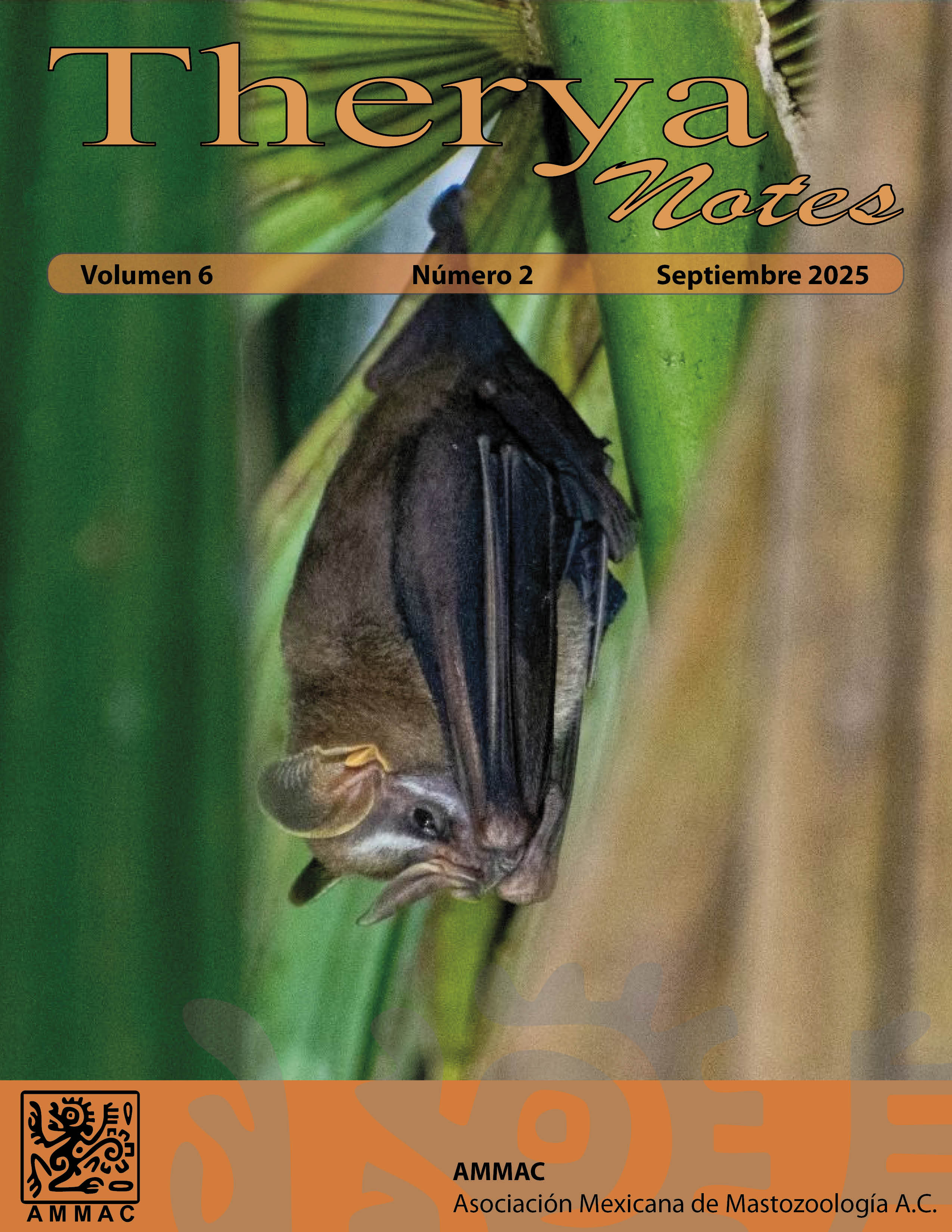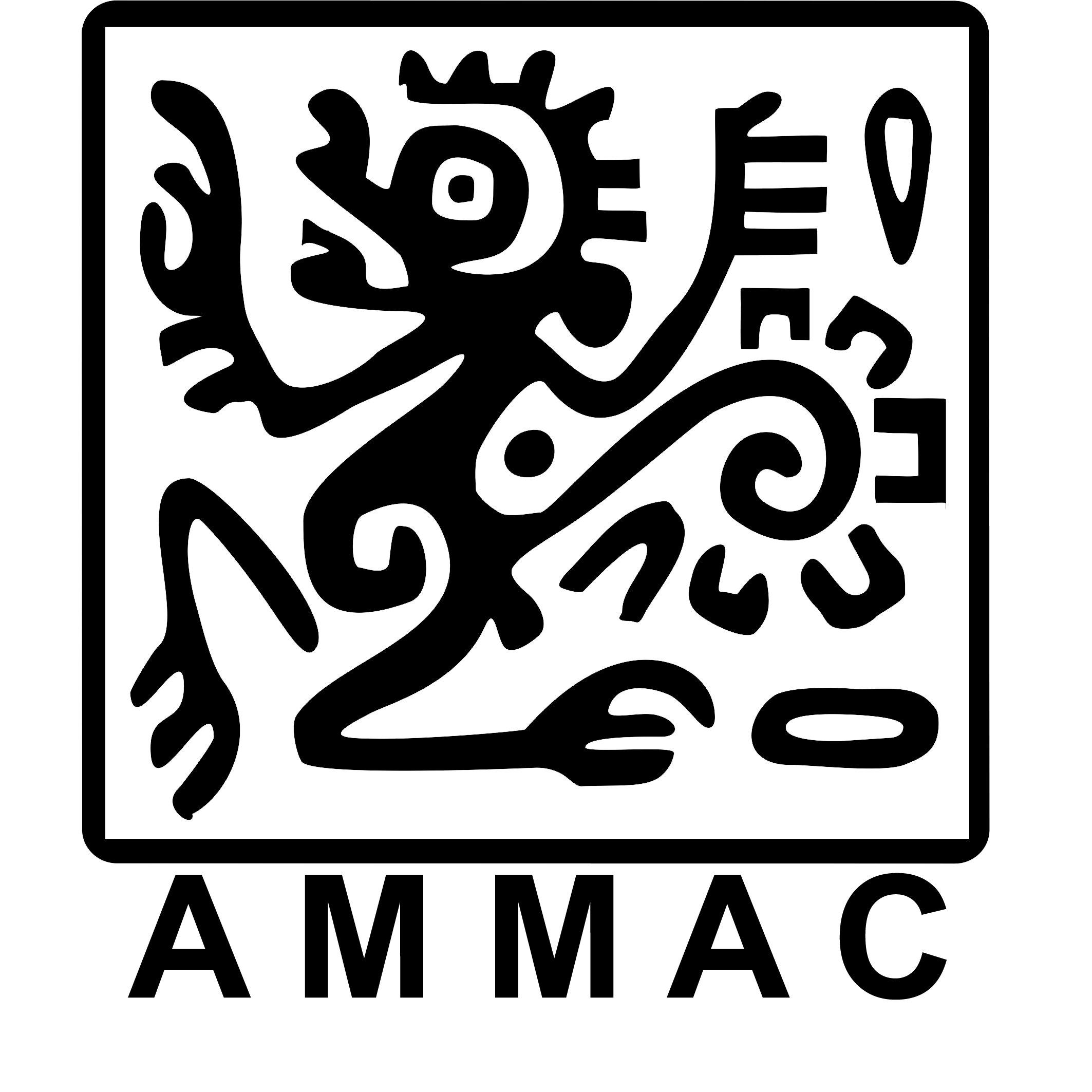Road killed leucistic opossum (Didelphis virginiana) in the municipality of Lázaro Cardenas, Quintana Roo, México
DOI:
https://doi.org/10.12933/therya_notes-25-205Keywords:
Chromatic disorder, highway, hypopigmentation, leucism, Yucatán PeninsulaAbstract
Hypopigmentation, including albinism, leucism, piebaldism, and flavism, has been reported across all vertebrate groups. In the case of opossums of the genus Didelphis, hypopigmentation has been documented in the United States, Mexico, Colombia, Panama, and Brazil. We conducted a photo-trapping monitoring associated with the Nuevo Xcan–Playa del Carmen highway (July 2016–July 2017) crossing structures, together with opportunistic roadkill surveys as an additional source of information for the project. On March 11, 2017, at 15:44 h, between the towns of Agua Azul and Juárez (20°50’18.36” N / 87°19’30.75” W) in the municipality of Lázaro Cárdenas, Quintana Roo, Mexico, we founda road-killed adult male opossum (Didelphis virginiana) with leucistic coloration. This record adds to the other hypopigmented opossums reported for the Yucatan Peninsula in Mexico. Survival of hypopigmented individuals may be related to the whitish karstic soil (sascab in Maya), which could make their coloration less deleterious than in more contrasting environments. Chromatic disorders such as leucism are rare in wild populations and are often considered deleterious. However, depending on the environmental context, they may not entail significant disadvantages.
Downloads
Published
How to Cite
Issue
Section
License
Copyright (c) 2025 Therya Notes

This work is licensed under a Creative Commons Attribution-NonCommercial-NoDerivatives 4.0 International License.
THERYA NOTES is based on its open access policy allowing free download of the complete contents of the magazine in digital format. It also authorizes the author to place the article in the format published by the magazine on your personal website, or in an open access repository, distribute copies of the article published in electronic or printed format that the author deems appropriate, and reuse part or whole article in own articles or future books, giving the corresponding credits. The Creative Commons CC BY-NC-SD license is used.![]()















